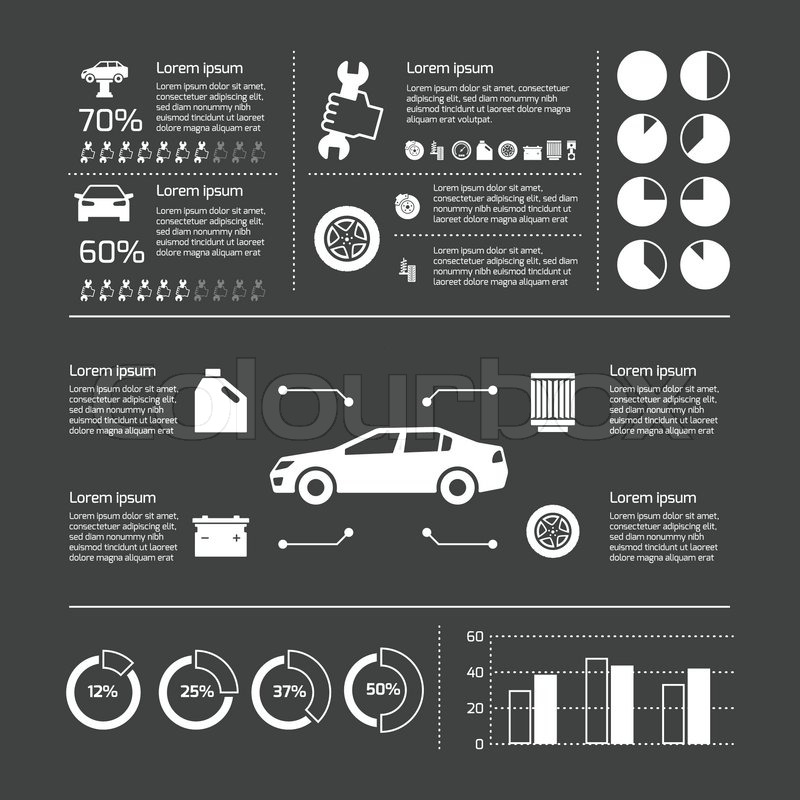How To Acknowledge One Of The Most Common Caution Lights On Your Control Panel And What They Show
How To Acknowledge One Of The Most Common Caution Lights On Your Control Panel And What They Show
Blog Article
Short Article Produced By-McCallum Randrup
When you're behind the wheel, those control panel warning lights can be an actual enigma. Yet did you understand that understanding them can conserve you from prospective car troubles later on? From the threatening check engine light to the subtle oil stress warning and the ever-important battery light, every one functions as an important signal from your car. It's time to shed light on these typical dashboard cautions and equip yourself with the expertise to navigate the roadway ahead.
Recognizing the Check Engine Light
When your dashboard illuminates with the check engine light, it is essential not to panic but to take immediate action. The check engine light acts as a warning that your lorry's onboard analysis system has detected a possible problem with the engine, discharges, or various other essential components. Neglecting check out this site can bring about extra severe issues later on, so it's essential to resolve it promptly.
To comprehend the source of the problem setting off the check engine light, you can utilize an OBD-II scanner to obtain the particular trouble codes saved in your automobile's computer system. These codes supply important info that can assist determine the underlying issue.
While some problems triggering the check engine light may be small, such as a loosened gas cap, others could suggest a lot more substantial concerns that need expert attention.
Decoding the Oil Pressure Warning
Upon seeing the oil pressure cautioning light on your dashboard, prompt interest is necessary. This caution shows that the oil pressure in your engine may be too reduced, which can cause major engine damage otherwise resolved promptly. Low oil pressure can be triggered by a variety of concerns such as a leakage, a faulty oil pump, or low oil degrees. Overlooking this warning light can result in expensive fixings and even engine failure.
If you see the oil stress alerting light begun, the first step is to safely pull over sideways of the roadway and switch off your engine. Inspect the oil level making use of the dipstick and guarantee it's at the suggested level.
If the oil level is reduced, leading it up with the proper oil for your car. If the oil level is sufficient, do not proceed driving and look for assistance from a technician to diagnose and take care of the problem quickly. Bear in mind, keeping correct oil pressure is crucial for the health and durability of your engine.
Analyzing the Battery Light
To decipher the relevance of the battery light on your control panel, you should understand its essential role in your car's electrical system. When the battery light illuminates while you're driving, it indicates that the electrical system isn't getting enough power from the battery.
This could be as a result of a falling short battery, a damaged alternator, or concerns with the charging system. Overlooking this cautioning light can result in your automobile stalling or being not able to start.
If the battery light begins, it's recommended to safely pull over and have your lorry checked by a technician immediately. They can carry out diagnostics to identify the underlying concern and prevent a potential breakdown.
Conclusion
Now that you recognize just how to recognize the most usual caution lights on your dashboard and what they suggest, you can deal with any type of potential issues promptly. Bear in mind, the check engine light, oil pressure warning, and battery light are all important signs of your automobile's wellness. Remain notified, stay risk-free, and keep your car running smoothly by taking notice of these indication.
